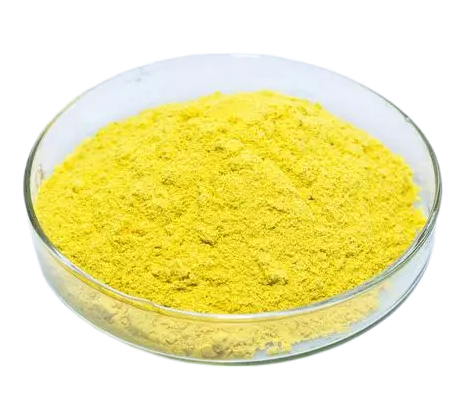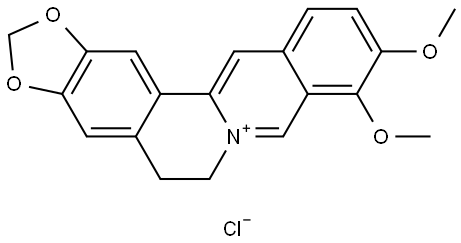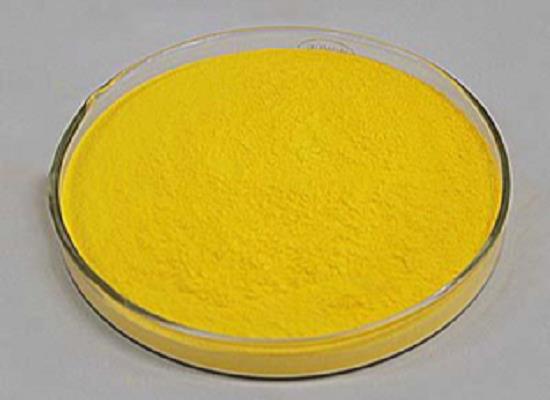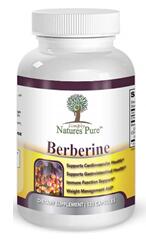Berberine hydrochloride: anticancer activity and nanoparticulate delivery system
Introduction of Berberine hydrochloride
Berberine Hydrochloride is an isoquinoline alkaloid extracted from a Chinese medicinal plant, which has a variety of effects including antidiabetic, antilipid peroxidation, anti-atherosclerotic, and neuroprotective properties to improve polycystic ovary syndrome. Berberine hydrochloride is a widely used antibacterial, antifungal and anti-inflammatory agent that has been used as a gastrointestinal treatment in China for thousands of years.

Anticancer activity of Berberine hydrochloride
Currently, the enhanced antiproliferative activity and sensitivity of berberine hydrochloride in various cancer cell lines has attracted widespread attention. Its antineoplastic properties include induction of apoptosis and cell cycle arrest, along with inhibition of cell migration and invasion via regulation of multiple pathways. The potential targets of berberine hydrochloride include reactive oxygen species generation, mitochondrial function, DNA topoisomerase inhibition, DNA or RNA binding, the estrogen receptor, matrix metalloproteinase regulation, p53 activation, and NF-kappa B signal activation.
Nanoparticulate delivery systems
However, due to its hydrophobic properties, along with poor stability and bioavailability, the application of berberine hydrochloride was hampered for a long time. In recent years, the pharmaceutical preparation of berberine hydrochloride has improved to achieve good prospects for clinical application, especially for novel nanoparticulate delivery systems. Nanoparticle delivery systems reported for berberine hydrochloride can be classified into three types, i.e., solid lipid nanoparticles, nanoemulsions, and liposomes.
The first nanoparticulate delivery system uses a conventional rotary-evaporated film-ultrasonication method to make solid lipid nanoparticles of berberine hydrochloride (BH-SLN). These have good stability, a mean diameter of 60.5 nm, a zeta potential of 29.7 mV, drug loading of 8.69%, and an entrapment ratio of 97.58%.
The second delivery system is berberine hydrochloride nanoemulsion, made by isopropyl myristate, EL40, and glycerin using pseudoternary phase diagrams. The nanoemulsion is a clear transparent solution with an average particle diameter of 56.8 nm. Small spherical drops are seen under electron microscopy, with a stable content and diameter even under high humidity and temperature conditions, along with strong light, 92.5% humidity, a temperature range of 40°C–60°C, and (4500 ± 500) LX.
The last system is a liposomal one, and there are several approaches used to prepare berberine hydrochloride liposomes, including the thin film evaporation method, the active loading method, and a combination of the thin film evaporation and active loading methods.
References:
[1] WEN TAN. Berberine hydrochloride: anticancer activity and nanoparticulate delivery system.[J]. International Journal of Nanomedicine, 2011: 1773-1777. DOI:10.2147/IJN.S22683.
Related articles And Qustion
See also
Lastest Price from Berberine hydrochloride manufacturers

US $0.00-0.00/KG2025-11-24
- CAS:
- 633-65-8
- Min. Order:
- 1KG
- Purity:
- 98
- Supply Ability:
- 10000KGS

US $1.00/g2025-11-16
- CAS:
- 633-65-8
- Min. Order:
- 300g
- Purity:
- 99.8%
- Supply Ability:
- 20 TONS




